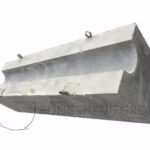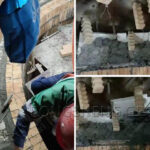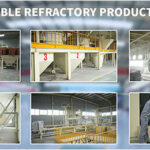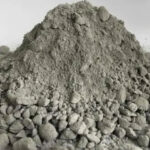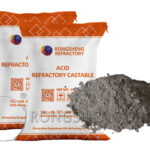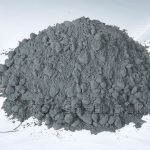At present, with the rapid development of the refractory castable industry, the Requirements of Refractory Castables are granular powder material composed of a binder and a refractory material and has a certain specific gravity. It can be cast and has high fluidity. High-temperature castables made of refractory materials have higher cohesiveness, water content, and fluidity than other castables. In practice, the required materials and adhesives can be selected according to the conditions of use, and the lining can be directly cast, or the preform can be cast or compacted. Therefore, the application range of prefabricated blocks is wider.
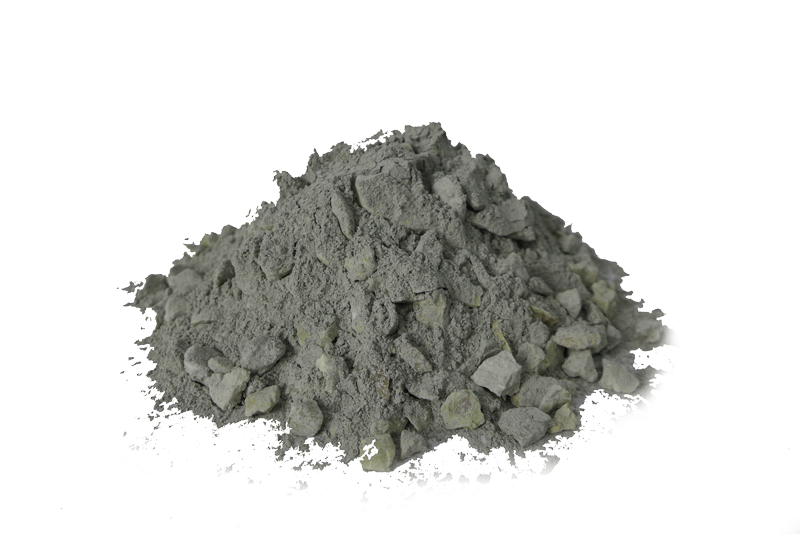
Operational Advantages of Refractory Castables
Refractory castables need to be operated at high temperatures during operation. High-temperature castables should have the function of not softening or melting at high temperatures. It also has an excellent load softening temperature. High-temperature castables can withstand the load in the kiln and the stress during operation, and will not lose structural strength at high temperatures, and will not soften and collapse.
When the refractory castable is used at high temperatures, its volume will change due to the physical and chemical lining inside the castable. The production and testing of refractory and high-temperature castable materials are strictly in accordance with the requirements. Professional inspectors test the quality of refractory castable layer by layer to bring you high quality.
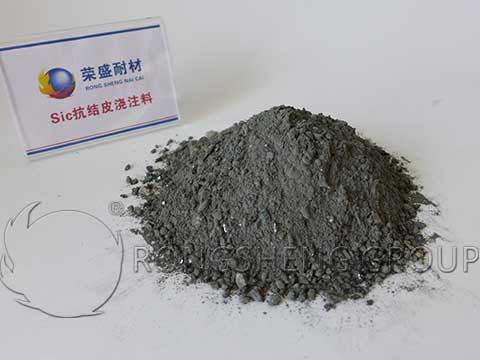
Classification of Refractory Castables
According to the material classification of refractory castables, refractory castables include high alumina castables, corundum castables, silicon carbide castables, clay castables, silicon castables, magnesium castables, etc. According to the main purpose, it can be divided into impervious castable and hot castable. The production cycle of high-temperature castables is usually shorter than that of refractory bricks of the same material. Therefore, the sales volume of high-temperature castables is very large.
The requirements of Refractory Castables are high formulas, reasonable particle size distribution, and the type and amount of additives have a great influence on the castables. The structure of the castable and the drying of the oven should be carried out in strict accordance with the requirements to ensure the service life of the castable. Due to a series of objective reasons, such as application environment and engineering progress, some additives or other materials can be added to the casting to meet the requirements. For example, in order to increase the strength of the castable, a certain amount of heat-resistant steel fiber can be added to the castable, or some accelerators can be added to accelerate the initial setting time of the castable.
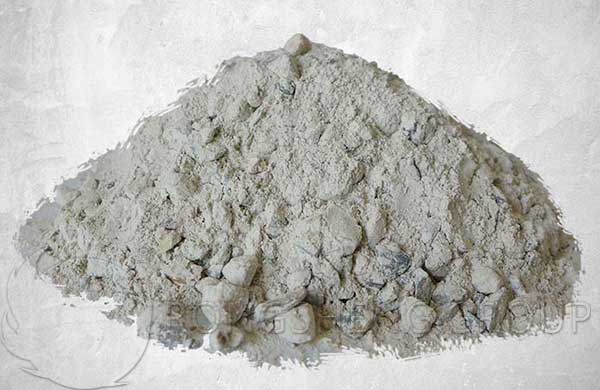
Refractory Castables with Special Properties
The special application environment makes it necessary to adjust the proportion of refractory castables to improve the performance of the castables. For example, low cement castables for furnaces. Because the performance of the castable decreases with the addition of cement, in order to meet the conditions of use, the amount of cement must be reduced. By adding modified materials to increase the strength of the castable, and prevent the decrease in the amount of cement from affecting the strength.
Self-flowing castable, also known as non-vibration castable. It not only has performance similar to low cement and ultra-low cement castables but also has rheological characteristics. Therefore, it can flow and degas without external force. Compared with vibrating castable, it has the characteristics of self-flowing and self-leveling, smooth and pumpable construction surface, short construction time, no noise, and low labor intensity. Especially suitable for pumping construction and use in thin-layer and multi-arch areas. Therefore, in recent years, it has continuously received attention at home and abroad and its use range has been continuously promoted. In the cement industry, metallurgical industry, and non-ferrous metals industry. Such as the permanent lining of the tundish, the lining of the movable fume hood for the secondary smelting below the bottom of the blast furnace, the trough induction insulation layer for cast iron, the lining of the civil waste incinerator, etc., the use effect is very good.
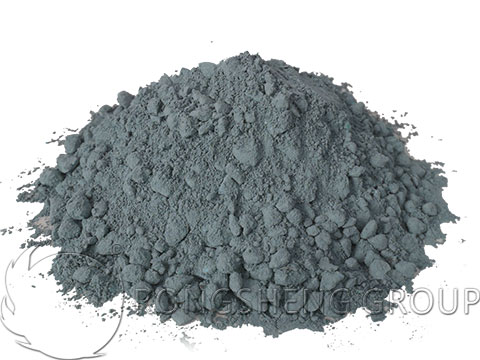
There are many factors that affect the rheology of the castable, such as the limit size, shape, distribution, water absorption of the particles, the nature and amount of the binder and dispersant, the amount of water added, and the mixing and stirring process. But the most important influence is the combination system, particle size distribution and the nature and amount of dispersant added.
The amount of cement added has a significant effect on the fluidity of the castable. Calcium aluminate cement needs an appropriate amount of water in the process of forming hydration products. When the amount of water added is the same, the amount of cement added will inevitably reduce the amount of free water and reduce the fluidity of the castable. But if the amount of cement is too small, it will affect the strength of the castable at low temperatures. Therefore, under the premise of ensuring the strength of the castable, the amount of cement should be appropriately reduced. In ultra-low cement castables, cement mainly acts as a delayed accelerator. The research on the rheological properties of corundum spinel-calcium aluminate suspension shows that with the increase of calcium aluminate cement, the yield stress and plastic viscosity of the suspension tends to increase.
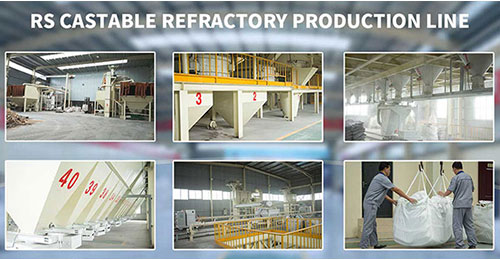
Rongsheng Refractory Castable Manufacturer
Castable is also called refractory castable, which is a kind of unshaped refractory. The manufacturer of Rongsheng refractory castables pointed out that the Requirements of Refractory Castables are easy to construct and have good integrity. They can be used for the lining of a variety of industrial kilns and can also be used to make preforms. Rongsheng’s advanced and fully automatic unshaped refractory castable production line can produce a wide variety of castables, which can be differentiated according to different dimensions. Among them, according to the characteristics, there are mainly high-strength wear-resistant castables, high-temperature castables, low-cement castables, steel fiber castables, acid-resistant, and heat-resistant castables, and other castables with characteristics. If you want to buy monolithic refractory products and know the price of monolithic refractories, please contact us. We will provide you with services according to your specific needs.

